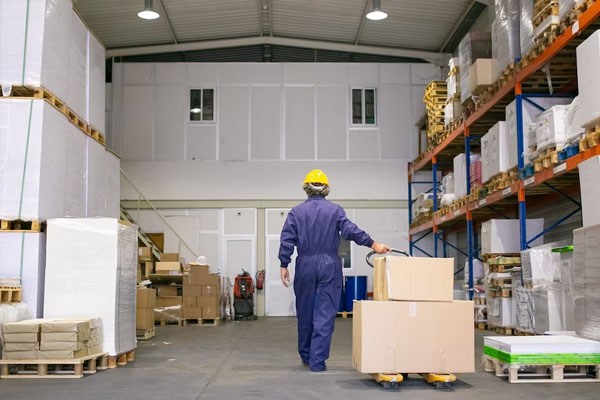Pharmaceutical cold chains are essential for maintaining the safety and quality of temperature-sensitive pharmaceutical products, including vaccines, drug intermediaries, and live cultures etc., during storage, transportation, and distribution.
However, in developing countries, there are several challenges that make it difficult to maintain effective pharmaceutical cold chains.
In this article, we will discuss the 5 most significant challenges and potential solutions to overcome them.
#1 Lack of infrastructure:

In developing countries, there is often a lack of supportive infrastructure that is necessary for maintaining effective pharmaceutical cold chains.
This includes a lack of refrigerated storage facilities, inadequate transportation vehicles and systems, and limited access to electricity and clean water.
Solution: Governments and private sector organizations can work together to invest in the development of infrastructure, such as refrigerated storage facilities, roads, and electrical grids, to support the growth of the pharmaceutical industry and improve the effectiveness of cold chains.
#2 Inadequate policy regulations:

In many developing countries, policy regulations around the storage and transportation of temperature-sensitive products are often inadequate or not well enforced.
This can lead to unsafe practices, such as the use of unreliable refrigeration systems, lapsed or ineffective quality checks, and inconsistent monitoring, all of which can put the safety and quality of products, and therefore of the people, at risk.
Solution:Governments can work to improve the regulatory environment by establishing and enforcing standards for the storage and transportation of pharmaceutical products.
This can include the development of guidelines for the use of refrigeration systems, the training of workers in safe handling practices, and the creation of inspection programs to ensure compliance with regulations.
#3 High costs:

In developing countries, the cost of maintaining effective pharmaceutical cold chains is often high, due to the need for specialized equipment, such as refrigerated storage units, and the need for trained personnel.
Solution:The development of public-private partnerships can help to reduce the cost of maintaining pharmaceutical cold chains. For example, private sector organizations can provide funding for the development of infrastructure, while governments can provide tax incentives for companies that invest in the development of cold chain solutions
#4 Limited access to technology:

In developing countries, access to technology, such as temperature-controlled transportation systems and real-time monitoring systems, is often limited, making it difficult to maintain effective pharmaceutical cold chains.
Solution:The government can work with private sector organizations to provide access to technology for the cold chain industry.
This can include the development of technology transfer programs, the creation of incubators and accelerators to support the growth of startups in the cold chain sector, and the establishment of training programs to build technical expertise
#5 Inadequate skill training and education:

In developing countries, there is often a lack of trained personnel who are equipped to maintain effective pharmaceutical cold chains.
This includes workers who are trained in the use of refrigeration systems, the safe handling of temperature-sensitive products, and the implementation of good distribution practices.
Solution:The government and private sector organizations can work together to provide training and education programs to build the capacity of workers in the cold chain industry.
This can include the development of vocational training programs, the establishment of training centers, and the creation of apprenticeship programs to provide hands-on experience in the field.
#Conclusion
In conclusion, the difficulties in maintaining effective pharmaceutical cold chains in developing countries are significant, but there are solutions that can help to overcome them.
By investing in the development of infrastructure, improving the regulatory environment, reducing the cost of maintaining cold chains, increasing access to technology, and providing training and education, it is possible to improve the effectiveness of pharmaceutical cold chains in developing countries and ensure the safety and quality of temperature-sensitive products.
Sources:
- "Cold Chain Market in India to Reach $13.7 Billion by 2024"







